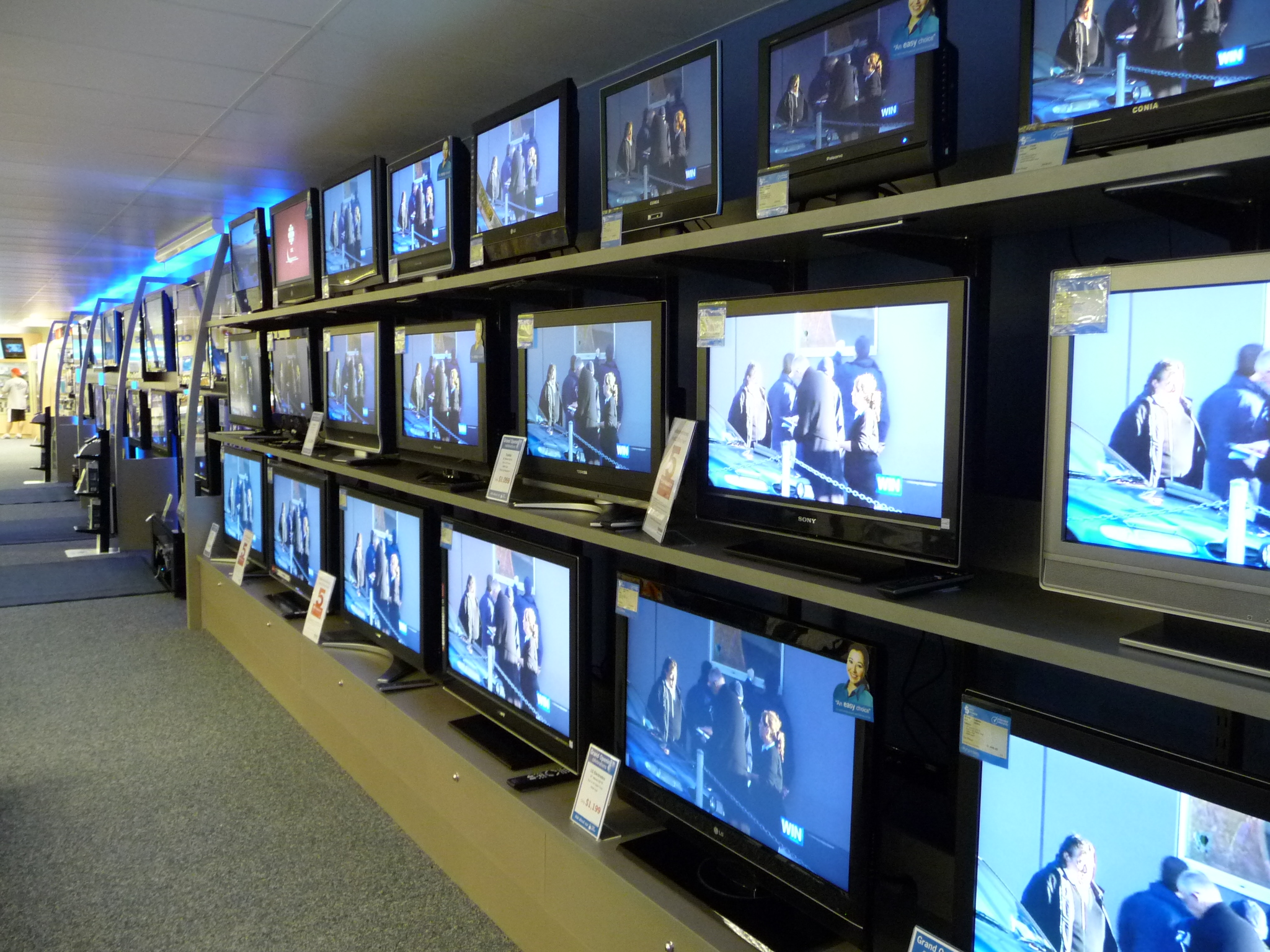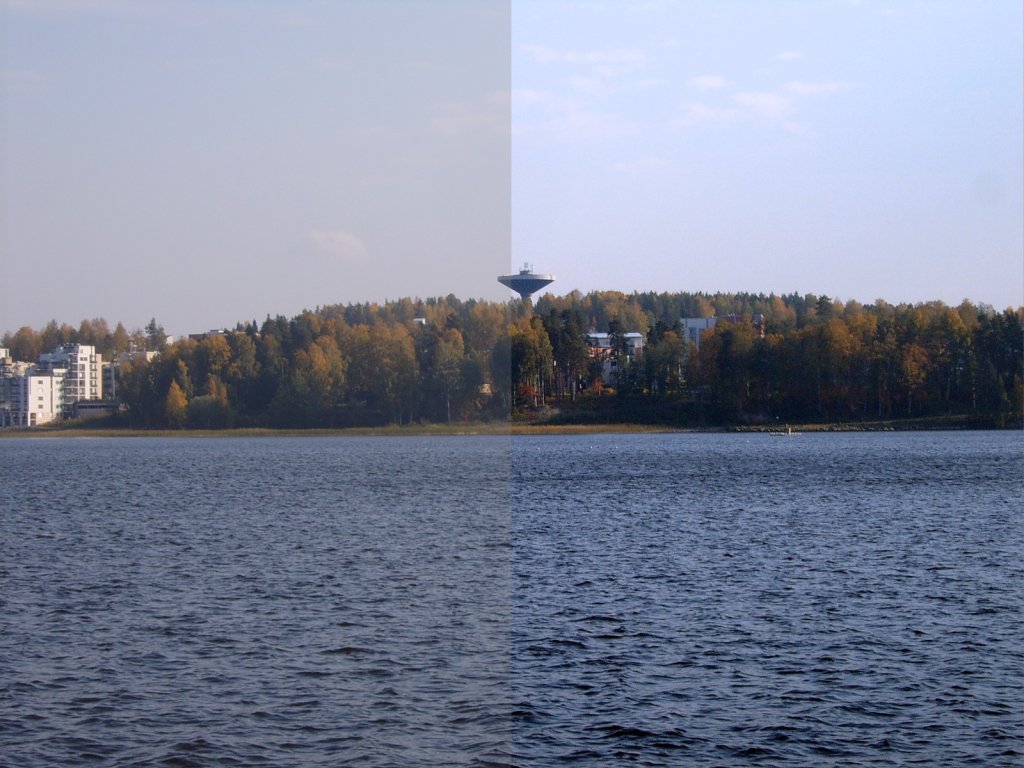|
Picture Line-up Generation Equipment
For televisions the picture line-up generation equipment (PLUGE or pluge) is the greyscale test patterns used in order to adjust the black level and contrast of the picture monitor. Various PLUGE patterns can be generated, the most common consisting of three vertical bars of super-black, normal black, and near-black and two rectangles of mid-gray and white (sometimes these are measured in IRE). These three PLUGE pulses are included in the SMPTE color bars (at the bottom and near the right) used for NTSC, PAL, and SÉCAM SECAM, also written SÉCAM (, ''Séquentiel de couleur à mémoire'', French for ''color sequential with memory''), is an analog color television system that was used in France, some parts of Europe and Africa, and Russia. It was one of th .... External links * Television technology {{tv-tech-stub ... [...More Info...] [...Related Items...] OR: [Wikipedia] [Google] [Baidu] |
SMPTE Color Bars
SMPTE color bars are a television test pattern used where the NTSC video standard is utilized, including countries in North America. The Society of Motion Picture and Television Engineers (SMPTE) refers to the pattern as Engineering Guideline (EG) 1-1990. Its components are a known standard, and created by test pattern generators. Comparing it as received to the known standard gives video engineers an indication of how an NTSC video signal has been altered by recording or transmission and what adjustments must be made to bring it back to specification. It is also used for setting a television monitor or receiver to reproduce NTSC chrominance and luminance information correctly. A precursor to the SMPTE test pattern was conceived by Norbert D. Larky (1927–2018) and David D. Holmes (1926–2006) of RCA Laboratories and first published in RCA Licensee Bulletin LB-819 on February 7, 1951. U.S. patent 2,742,525 Color Test Pattern Generator (now expired) was awarded on April ... [...More Info...] [...Related Items...] OR: [Wikipedia] [Google] [Baidu] |
Television
Television, sometimes shortened to TV, is a telecommunication Media (communication), medium for transmitting moving images and sound. The term can refer to a television set, or the medium of Transmission (telecommunications), television transmission. Television is a mass medium for advertising, entertainment, news, and sports. Television became available in crude experimental forms in the late 1920s, but only after several years of further development was the new technology marketed to consumers. After World War II, an improved form of black-and-white television broadcasting became popular in the United Kingdom and the United States, and television sets became commonplace in homes, businesses, and institutions. During the 1950s, television was the primary medium for influencing public opinion.Diggs-Brown, Barbara (2011''Strategic Public Relations: Audience Focused Practice''p. 48 In the mid-1960s, color broadcasting was introduced in the U.S. and most other developed countri ... [...More Info...] [...Related Items...] OR: [Wikipedia] [Google] [Baidu] |
Greyscale
In digital photography, computer-generated imagery, and colorimetry, a grayscale image is one in which the value of each pixel is a single sample representing only an ''amount'' of light; that is, it carries only intensity information. Grayscale images, a kind of black-and-white or gray monochrome, are composed exclusively of shades of gray. The contrast ranges from black at the weakest intensity to white at the strongest. Grayscale images are distinct from one-bit bi-tonal black-and-white images, which, in the context of computer imaging, are images with only two colors: black and white (also called ''bilevel'' or ''binary images''). Grayscale images have many shades of gray in between. Grayscale images can be the result of measuring the intensity of light at each pixel according to a particular weighted combination of frequencies (or wavelengths), and in such cases they are monochromatic proper when only a single frequency (in practice, a narrow band of frequencies) is captu ... [...More Info...] [...Related Items...] OR: [Wikipedia] [Google] [Baidu] |
Test Pattern
A test card, also known as a test pattern or start-up/closedown test, is a television test signal, typically broadcast at times when the transmitter is active but no program is being broadcast (often at sign-on and sign-off). Used since the earliest TV broadcasts, test cards were originally physical cards at which a television camera was pointed, allowing for simple adjustments of picture quality. Such cards are still often used for calibration, alignment, and matching of cameras and camcorders. From the 1950s, test card images were built into monoscope tubes which freed up the use of TV cameras which would otherwise have to be rotated to continuously broadcast physical test cards during downtime hours. Electronically generated test patterns, used for calibrating or troubleshooting the downstream signal path, were introduced in the late-1960s. These are generated by test signal generators, which do not depend on the correct configuration (and presence) of a camera, and can also ... [...More Info...] [...Related Items...] OR: [Wikipedia] [Google] [Baidu] |
Black Level
Video black level is defined as the level of brightness at the darkest (black) part of a visual image or the level of brightness at which no light is emitted from a screen, resulting in a pure black screen. Video displays generally need to be calibrated so that the displayed black is true to the black information in the video signal. If the black level is not correctly adjusted, visual information in a video signal could be displayed as black, or black information could be displayed as above black information (gray). The voltage of the black level varies across different television standards. PAL sets the black level the same as the blanking level, while NTSC sets the black level approximately 54 mV above the blanking level. User misadjustment of black level on monitors is common. It results in darker colors having their hue changed, it affects contrast, and in many cases causes some of the image detail to be lost. Black level is set by displaying a testcard image and ad ... [...More Info...] [...Related Items...] OR: [Wikipedia] [Google] [Baidu] |
Contrast (vision)
Contrast is the contradiction in luminance or colour that makes an object (or its representation in an image or display) distinguishable. In visual perception of the real world, contrast is determined by the difference in the colour and brightness of the object and other objects within the same field of view. The human visual system is more sensitive to contrast than absolute luminance; we can perceive the world similarly regardless of the huge changes in illumination over the day or from place to place. The maximum ''contrast'' of an image is the contrast ratio or dynamic range. Images with a contrast ratio close to their medium's maximum possible contrast ratio experience a ''conservation of contrast'', wherein any increase in contrast in some parts of the image must necessarily result in a decrease in contrast elsewhere. Brightening an image will increase contrast in dark areas but decrease contrast in bright areas, while darkening the image will have the opposite effect. ... [...More Info...] [...Related Items...] OR: [Wikipedia] [Google] [Baidu] |
IRE (unit)
The IRE unit is used in the measurement of composite video signals. Its name is derived from the initials of the Institute of Radio Engineers. A value of 100 IRE is defined to be +714 mV in an analog NTSC video signal. A value of 0 IRE corresponds to the voltage value of 0 mV, the signal value during the blanking period. The sync pulse is normally 40 IRE below this 0 IRE value, so the total range covered from peak to trough of an all white signal would be 140 IRE. Video signals use the "IRE" unit instead of DC voltages to describe levels and amplitudes. Based on a standard 1 Vpp NTSC composite-video signal that swings from -286 mV (sync tip) to +714 mV (peak video), a 140 IRE peak-to-peak convention is established. Thus, one NTSC IRE unit is 7.143 mV ( V or mV), where -40 IRE is equivalent to -285.7 mV, and +100 IRE is equivalent to +714.3 mV. 0 IRE is equivalent to 0 V. The black level is equivalent to 53.57 mV (7.5 IRE). The PAL video signal is slightly different in that it s ... [...More Info...] [...Related Items...] OR: [Wikipedia] [Google] [Baidu] |
SMPTE
The Society of Motion Picture and Television Engineers (SMPTE) (, rarely ), founded in 1916 as the Society of Motion Picture Engineers or SMPE, is a global professional association of engineers, technologists, and executives working in the media and entertainment industry. As an internationally recognized standards organization, SMPTE has published more than 800 technical standards and related documents for broadcast, filmmaking, digital cinema, audio recording, information technology (IT), and medical imaging. SMPTE also publishes the ''SMPTE Motion Imaging Journal'', provides networking opportunities for its members, produces academic conferences and exhibitions, and performs other industry-related functions. SMPTE membership is open to any individual or organization with an interest in the subject matter. In the US, SMPTE is a 501(c)3 non-profit charitable organization. History The Motion Picture and Television Engineers was founded in 1913 by Charles Francis Jenkins, w ... [...More Info...] [...Related Items...] OR: [Wikipedia] [Google] [Baidu] |
Color Bars
SMPTE color bars are a television test pattern used where the NTSC video standard is utilized, including countries in North America. The Society of Motion Picture and Television Engineers (SMPTE) refers to the pattern as Engineering Guideline (EG) 1-1990. Its components are a known standard, and created by test pattern generators. Comparing it as received to the known standard gives video engineers an indication of how an NTSC video signal has been altered by recording or transmission and what adjustments must be made to bring it back to specification. It is also used for setting a television monitor or receiver to reproduce NTSC chrominance and luminance information correctly. A precursor to the SMPTE test pattern was conceived by Norbert D. Larky (1927–2018) and David D. Holmes (1926–2006) of RCA Laboratories and first published in RCA Licensee Bulletin LB-819 on February 7, 1951. U.S. patent 2,742,525 Color Test Pattern Generator (now expired) was awarded on April ... [...More Info...] [...Related Items...] OR: [Wikipedia] [Google] [Baidu] |
NTSC
The first American standard for analog television broadcast was developed by National Television System Committee (NTSC)National Television System Committee (1951–1953), Report and Reports of Panel No. 11, 11-A, 12–19, with Some supplementary references cited in the Reports, and the Petition for adoption of transmission standards for color television before the Federal Communications Commission, n.p., 1953], 17 v. illus., diagrs., tables. 28 cm. LC Control No.:5402138Library of Congress Online Catalog/ref> in 1941. In 1961, it was assigned the designation CCIR System M, System M. In 1953, a second NTSC standard was adopted, which allowed for color television broadcast compatible with the existing stock of black-and-white receivers. It is one of three major color formats for analog television, the others being PAL and SECAM. NTSC color is usually associated with the System M. The only other broadcast television system to use NTSC color was the System J. Since the intr ... [...More Info...] [...Related Items...] OR: [Wikipedia] [Google] [Baidu] |
SÉCAM
SECAM, also written SÉCAM (, ''Séquentiel de couleur à mémoire'', French for ''color sequential with memory''), is an analog color television system that was used in France, some parts of Europe and Africa, and Russia. It was one of three major analog color television standards, the others being PAL and NTSC. This page primarily discusses the SECAM colour encoding system. The articles on broadcast television systems and analog television further describe frame rates, image resolution, and audio modulation. SECAM video is composite video because the luminance (luma, monochrome image) and chrominance (chroma, color applied to the monochrome image) are transmitted together as one signal. All the countries using SECAM are currently in the process of conversion, or have already converted to Digital Video Broadcasting (DVB), the new pan-European standard for digital television. SECAM remained a major standard into the 2000s. History Development of SECAM predates PAL, and be ... [...More Info...] [...Related Items...] OR: [Wikipedia] [Google] [Baidu] |




.gif)
